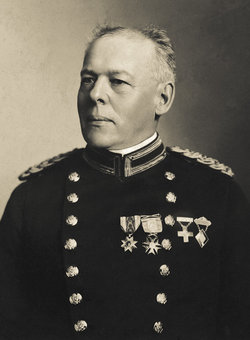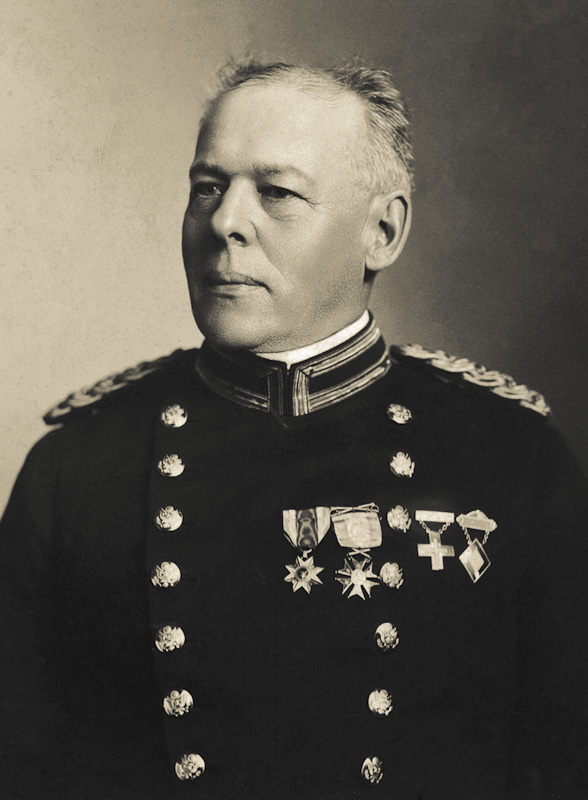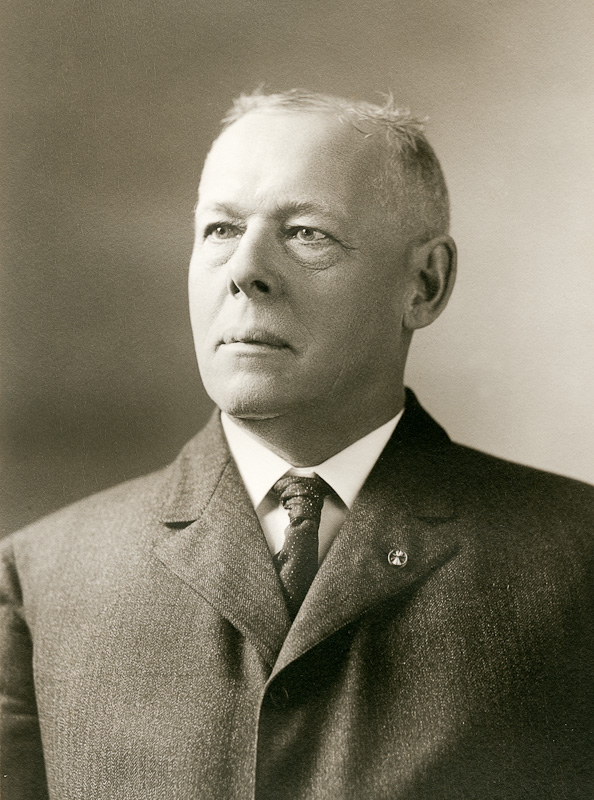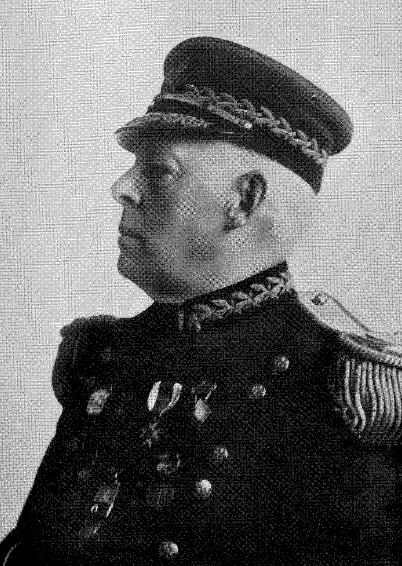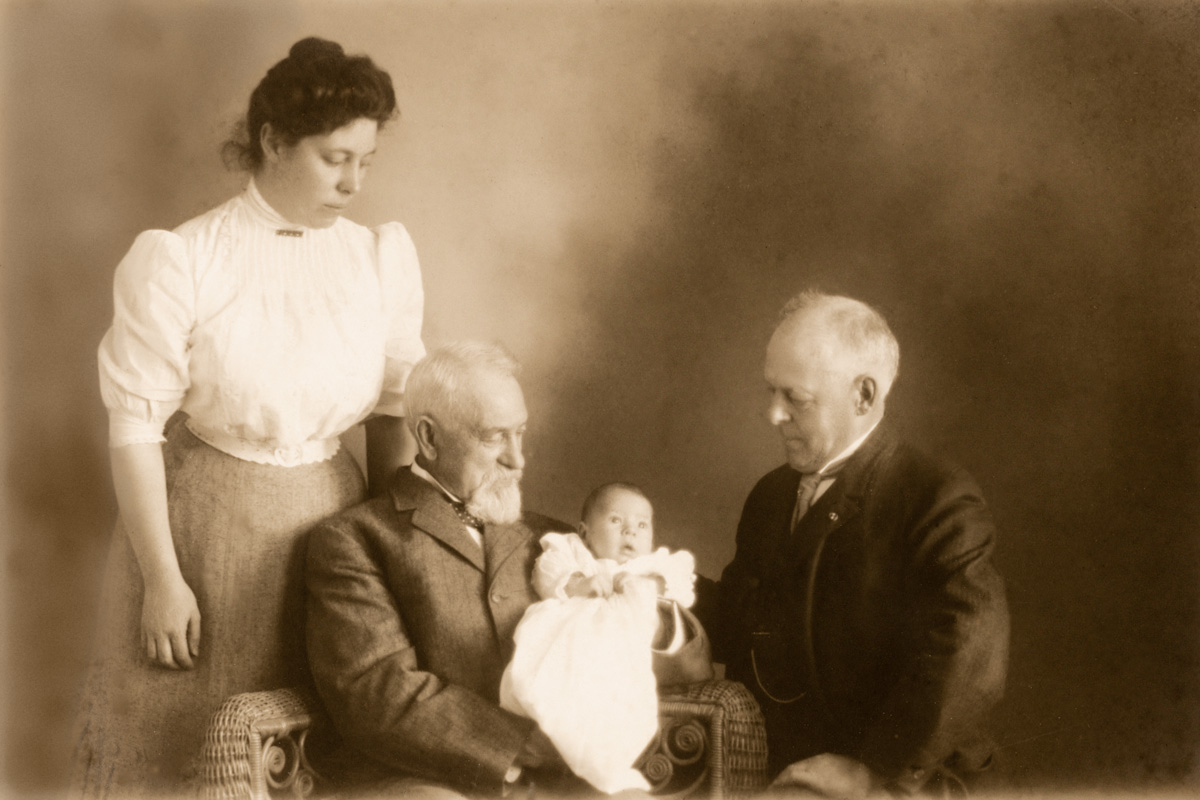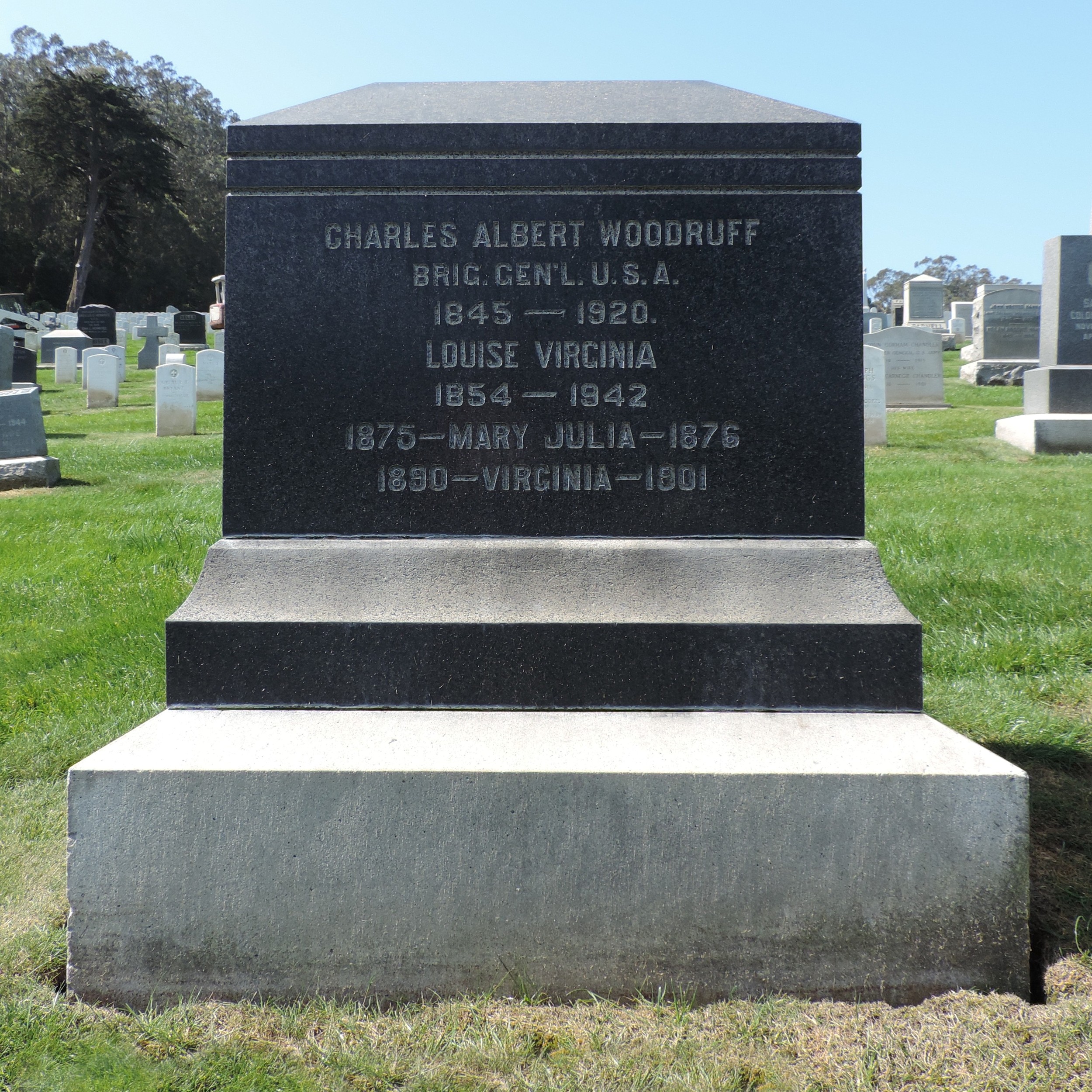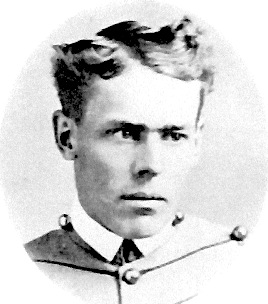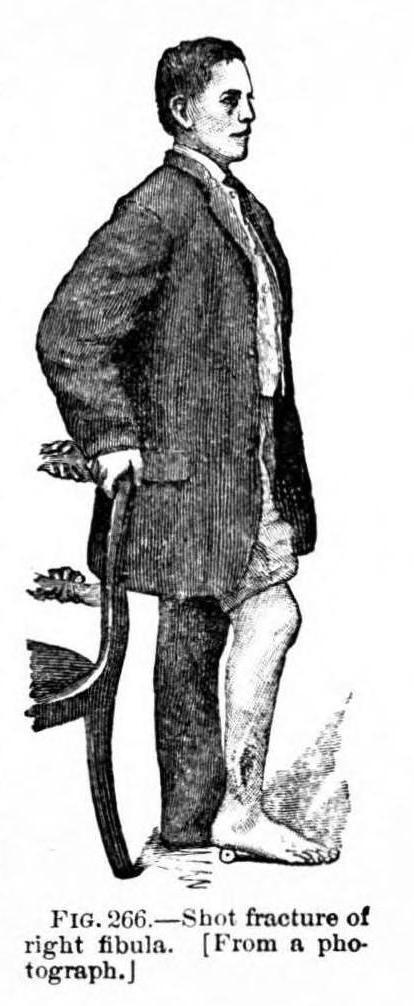His father was Erastus Woodruff
His mother was Eliza Quimby Woodruff
Graduate USMA class June 12, 1871
He was in Dakota Indian Fight 1876.
He fought Nez Perche Indians in Big Hole, Montana on August 9-10, 1877. The Nez Perche Indians wounded him evil.
Grounds : Who Was Who in America 1 (1897-1942), Freeman Journal, Infantry in Sioux Campaign of 1876 (1977)
"Case 685. — Corporal C. A. Woodruff, Co. A, 10th Vermont, aged 19 years, was wounded through the right leg, at Cold Harbor, June 3, 1861. He was admitted to Mount Pleasant Hospital. Washington, four days after the injury, and subsequently to Brattleboro. On December 27th, the. patient was transferred to Sloan Hospital, Montpelier, whence Surgeon H. Janes, U. S. V., contributed the photograph (lFig. 266), with the following history: "The wound was caused by a musket ball, which entered about the middle of the leg, on the outer and posterior aspect, passed forward and emerged anteriorly between the tibia and fibula, two inches below the point of entrance, fracturing the fibula. Several pieces of bone were removed at the time of the injury. Gangrene followed, and the wound opened to the size of an open hand. The wound of entrance closed in April, 1865, but that of exit had not healed at the time of his discharge from service. He was then obliged to use a crutch in walking. The patient also had a congenita] malposition of the heart, which he never discovered until the time of his enlistment, the location of it being on the right side, with the apex beating under the right nipple. His chest was well formed, and he was a stout and, excepting his wound, a healthy man." The patient was discharged from service August 18, 1865, and pensioned. Examiner G. B. Ballard, of St. Johnsbury, Vermont, certified, on January 25, 1866, that particles of bone were still being discharged from the wound, and the pensioner complained of stiffness of the ankle joint, and that he was unable to bear his weight on his right foot or walk without crutches. He was last paid September 4, 1866, since when he has not been heard from." -- The Medical and Surgical History of the War of the Rebellion. Part III, Volume II. (3rd Surgical volume) by U.S. Army Surgeon General's Office.
His father was Erastus Woodruff
His mother was Eliza Quimby Woodruff
Graduate USMA class June 12, 1871
He was in Dakota Indian Fight 1876.
He fought Nez Perche Indians in Big Hole, Montana on August 9-10, 1877. The Nez Perche Indians wounded him evil.
Grounds : Who Was Who in America 1 (1897-1942), Freeman Journal, Infantry in Sioux Campaign of 1876 (1977)
"Case 685. — Corporal C. A. Woodruff, Co. A, 10th Vermont, aged 19 years, was wounded through the right leg, at Cold Harbor, June 3, 1861. He was admitted to Mount Pleasant Hospital. Washington, four days after the injury, and subsequently to Brattleboro. On December 27th, the. patient was transferred to Sloan Hospital, Montpelier, whence Surgeon H. Janes, U. S. V., contributed the photograph (lFig. 266), with the following history: "The wound was caused by a musket ball, which entered about the middle of the leg, on the outer and posterior aspect, passed forward and emerged anteriorly between the tibia and fibula, two inches below the point of entrance, fracturing the fibula. Several pieces of bone were removed at the time of the injury. Gangrene followed, and the wound opened to the size of an open hand. The wound of entrance closed in April, 1865, but that of exit had not healed at the time of his discharge from service. He was then obliged to use a crutch in walking. The patient also had a congenita] malposition of the heart, which he never discovered until the time of his enlistment, the location of it being on the right side, with the apex beating under the right nipple. His chest was well formed, and he was a stout and, excepting his wound, a healthy man." The patient was discharged from service August 18, 1865, and pensioned. Examiner G. B. Ballard, of St. Johnsbury, Vermont, certified, on January 25, 1866, that particles of bone were still being discharged from the wound, and the pensioner complained of stiffness of the ankle joint, and that he was unable to bear his weight on his right foot or walk without crutches. He was last paid September 4, 1866, since when he has not been heard from." -- The Medical and Surgical History of the War of the Rebellion. Part III, Volume II. (3rd Surgical volume) by U.S. Army Surgeon General's Office.
Inscription
BRIG. GEN'L. U.S.A.
